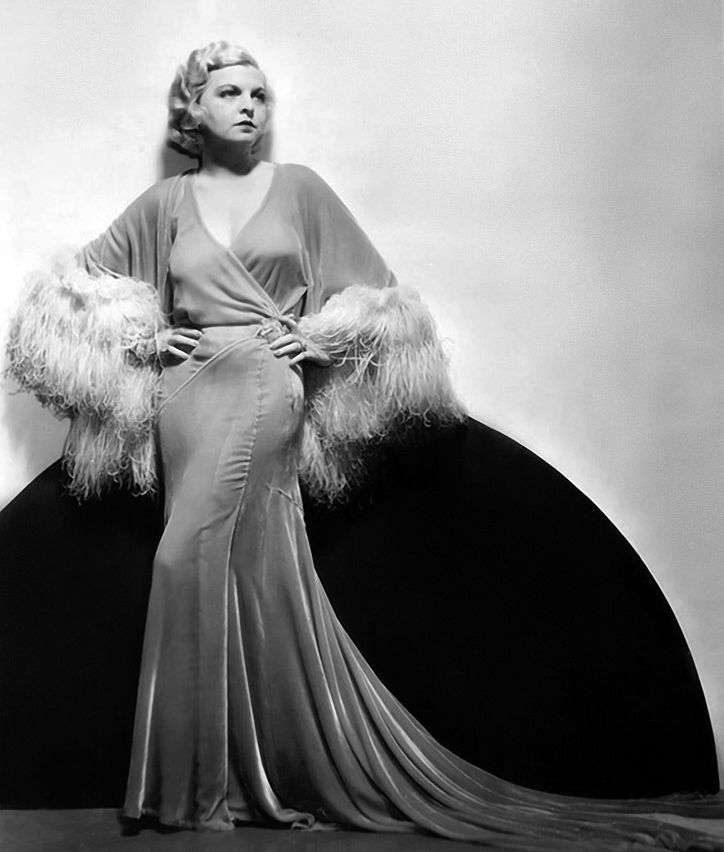Long Gone Blonde

Photo: Courtesy Jerry Murbach
SIXTY YEARS after her death, wilted wildflowers adorn Mayo Methot’s slot at Wilhelm’s Portland Memorial Mausoleum. The granite-clad ambience is cold and, appropriately, deathly quiet. Local film historian Dennis Nyback looks on and laments: “You’d think Mayo would be immortalized in Portland. People forget quickly, and we have to make choices about what memories we preserve.”
A ship captain’s daughter born in 1904, Methot debuted onstage before she learned to read. In 1912, the Oregonian proclaimed her the “youngest leading lady in the world,” and soon made her a staple of its regular “Stars and Starmakers” column. As she came of age, the precocious actress left Portland for bigger spotlights and wilder times.
The Hollywood of the ’30s turned the pugnacious beauty into a tough-talking crime-film dame. She met Humphrey Bogart—himself an actor on the rise, on the verge of breaking out of type-casting as a noir heavy—while filming the Bette Davis vehicle Marked Woman in ’37. They became one of Hollywood’s most recognizable couples.
The two visited Portland often, drinking at Jake’s downtown. (A picture of Bogart still graces his favorite spot.) But domestic bliss, it wasn’t. The gossip columnist Jimmy Fidler wrote that Bogart-Methot union suggested “that the best preservative for a marriage … is a ketchup bottle skillfully hurled.”
Methot once stabbed Bogart in the shoulder. On a World War II USO tour, the Bogarts were caught drunkenly firing guns in the middle of the night. So it went until ’45, when Bogart left her for Lauren Bacall. “What can I do?” Methot lamented in The American Weekly. “He tells me he won’t come home…. It’s become a habit to love Bogey … a hard habit to break.”
The split effectively ended her Hollywood career. Methot returned to Portland, and dove into the bottle. She died of alcoholism in 1951, her body found in a Multnomah Village hotel room days after she expired.
Six decades later, her remains occupy just one slot among hundreds, stacked like eternity’s filing cabinet. “She was a Zelda Fitzgerald figure,” says Nyback, whose film archive, housed at Marylhurst University, includes numerous Methot pictures. “Back then, you didn’t drink just to drink. You drank to show you could hold your own.”
Bogart sent flowers to Methot’s mausoleum until he too died, in 1957. Bogart’s bouquets have given way to sagging, dead stems. But modern Portland has developed a knack for dusting off its bygone 20th-century cultural heroes, from James Beard to Mark Rothko to Mel Blanc. Methot seems particularly ripe for rediscovery. And even if today’s wildflowers wilted, perhaps they mean another young firebrand has found her patron saint.



